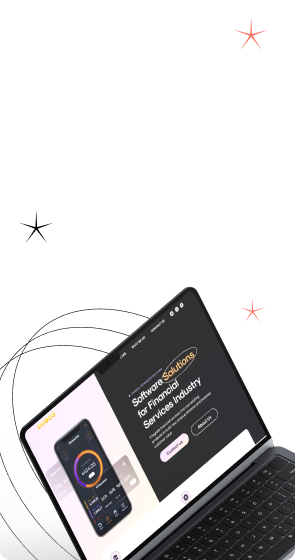Launching an MVP is always a race against time, budget, and user expectations. What most early-stage teams underestimate is how much of that race is won (or lost) through design. Strong UI/UX means speeding up adoption, reducing friction, and turning your first cohort of users into active, retained customers.
The numbers back this up. Companies that prioritize design outperform the S&P 500 by 211% over a decade, and organizations with mature UX practices grow twice as fast as their industry peers. For startups where every iteration affects runway, investor confidence, and product-market fit, this level of compounding impact is impossible to ignore.
Choosing the right startup-focused UI/UX design agency becomes an early strategic decision: the partner you select will influence how intuitive your MVP feels, how quickly users reach activation, and how confidently you can scale. This guide highlights the agencies that consistently deliver for early-stage founders, teams that understand the realities of building from zero, validating fast, and designing with growth in mind.





